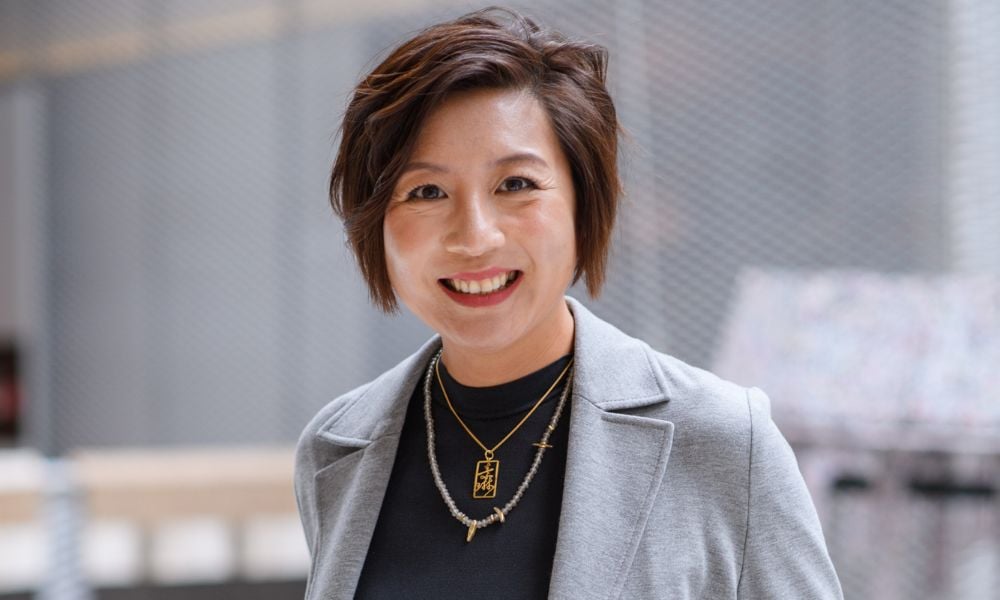
As more Singaporeans favour a full-time return to the office, solutioning has risen in popularity: survey

Singaporeans are far more willing to return to the office full-time compared to a couple of years ago – but they are looking for employers to meet their changing workstyle, according to a report.
Overall, 37% of Singaporean employees prefer spending four to five days a week in the in-office setup, up from just 7% in 2022.
“This shift indicates that employees are willing to return but want autonomy over their work arrangements, emphasizing a new era of solution-oriented workstyles and evolving workplace dynamics,” says Paperspace Asia in its whitepaper.
Solutioning behaviours emphasise problem-solving, ideation, and strategic thinking, fostering a sense of ownership and purpose among employees, according to Paperspace Asia.
More than 1 in 5 (22%) of workers say they need much more conducive environments to work together, says Narita Cheah, co-founder and CEO of Paperspace Asia, in talking with Human Resources Director.
As it is, employees are willing to return but want autonomy over their work arrangements. In fact, solution-oriented workstyles (35%) are now the most predominant workstyle in Singapore, according to the company’s survey of over 2,000 participants across Singapore, Thailand, and the Philippines, with 1,729 respondents (63%) from Singapore alone.
“There's a lot more normalizing of flexible work now as a constant. And with that background, in 2024, what we see now is that that sort of normalization, and people now recognize the benefits of coming together in person in the office versus remote,” says Cheah.
“Finding that balance has obviously achieved two things. It's achieved a level of productivity for the individual and the organization, as well as managing personal commitments a bit better [for workers].”
A recent International Workplace Group (IWG) study revealed that Gen Z workers in Singapore overwhelmingly prefer hybrid work arrangements over traditional office-based roles.
And with workers coming back to the office, it’s important that employers prepare their workplace to cater to this need of workers, according to the company.
“Workspaces designed to support these aspirations encourage powerful behaviours such as knowledge-sharing, trust-building, effective collaboration, and innovation,” it says.

Source: Paperspace Asia
Another point to consider for employers when it comes to the design of their workplace is that there has been a drop in the popularity of collaborative workstyles – just 21% of Singaporeans say this is their predominant workstyle, down from 34% in 2022.
Still, employees are increasingly viewing the office as a hub for social interaction and collective problem-solving, rather than just a place for individual tasks. Meeting in groups to strategise or solve problems emerged as the top in-office priority in Singapore (18%), highlighting the evolving role of office spaces in supporting collaboration and teamwork.
“People have already recognized that when they come into the workplace or the office, sometimes half the time is spent at the desk doing some work, but the other half the time is basically getting together with different people to do other sort of people-orientated activities,” says Cheah.
These group collaborations might mean strategic ideation meetings or for networking purposes, where people are trying to understand each other at a human level or participating in team-building activities, she says.
This shift is also reflected in employees' work patterns, as the percentage of those spending more than 6 hours a day at their desk has dropped from 61% in 2022 to 53% in 2024, according to Paperspace Asia’s Workplace DNA whitepaper.
Less than half of HR professionals are willing to recommend their employer to others, as many of them don't feel supported enough at work, according to a previous Ciphr report.
“The rise of solutioning workstyles is driving employees' willingness to return to the office,” says Paperspace Asia.
“Employees are seeking environments that not only allow for individual focus but also provide spaces for collective problem-solving and innovation. This evolving dynamic necessitates a reimagining of workplace design—one that balances collaborative and focus areas, empowering employees to choose where and how they work effectively.”
But how do you do that? Through communication, says Cheah.
Successful organizations have a “much more collaborative process in understanding the way teams work and the way workstyles have evolved,” she says,
Through collaboration, employers can collect the data that they need.
“Collecting and understanding that data from leaders to middle managers to the broader employee base to find the balance between what leaders are thinking about the business and how that transpires for employee aspirations” is important, she says.
“Once you've done the engagement process, it falls down to a solution that every person can understand as they were part of that process.”
Improved office environments have an economic benefit to employers, according to a previous report.